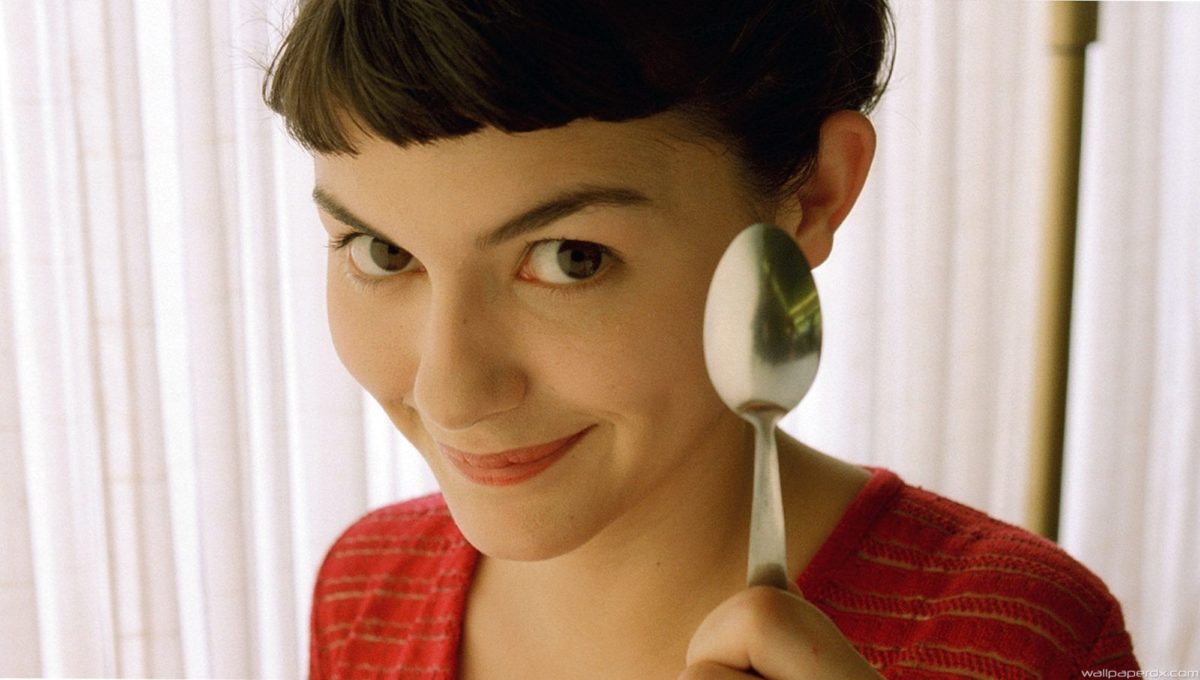If you’re anything like me, you had a trip planned for the spring or summer. I spent most of the cold New York winter saving up to travel to Crete for my friend’s wedding in June. I was hoping to bookend the weekend with jaunts to Athens, Santorini, and other Greek destinations that had lived in my imagination since childhood. Now, of course, the wedding’s off—and like most of the world, I’m likely to spend my summer socially-distancing in hot, sweaty parks within walking distance of my apartment.
In the meantime, I’ll be indulging in one of my favorite pastimes: movies from around the world. For me, foreign films are the best way to travel without traveling. They can transport you without the trappings of tourism. They’re windows into another culture. And, just as traveling can reaffirm a sense of shared humanity, the best international films make humans from across the world feel… well, less than six feet away from you.
Below are six of the best international films to watch when you’re in need of a strong dose of cultural engagement, right from the comfort of your house.
It would be remiss to make a list of the best international films without including Amélie, Jean-Pierre Jeunet’s whimsical love letter to the art and mystery of Paris. Shot in more than 80 locations across the city, the film follows the titular Parisienne (Audrey Tautou) as she charms her way into the hearts of even the most cold-hearted strangers with her eccentricities and joie de vivre. The film’s blend of magical realism and French flair makes for an unforgettable watch, and its imaginative sequences are welcome escapism.
Japanese culture has never been more perfectly encapsulated than in this heartwarming documentary about 85-year-old Jiro Ono, the world’s greatest sushi chef. The film, directed by David Gelb, takes place almost entirely within the confines of Jiro’s tiny 10-seater sushi restaurant, which is located in a corner of a Tokyo subway station and boasts three Michelin stars. Jiro’s methods can only be described as meticulous: he’s honed his signature minimalistic approach over a lifetime of unrelenting dedication to the craft, and can often be found spending hours on a single mouth-watering sushi preparation. That perfectionism, though inspiring, is also daunting for Jiro’s sons, Yoshikazu and Takashi. They are expected, per Japanese custom, to follow in their father’s footsteps—a near-impossible charge. These relationships form the emotional core of this otherwise reverent ode to one of the greatest living culinary artisans.
Take a hallucinatory stroll through the streets of Rome with Jep Gambardella (Toni Servillo), a one-time writer who’s parlayed his success into a career of performative hedonism as a socialite. As he stumbles in and out of lavish nightclubs, random street scenes, and parties for the rich and famous, he ruminates on the faded glory of his dreams. This visual feast of a film comes from Paolo Sorrentino, the most exciting Italian director alive (and, some say, an heir to Fellini’s throne). The film’s delirious, highly stylized cinematography transports us to the epicenter of Rome’s beauty—and the absurdist comedy of human nature.
Emotionally repressed Ines (Sandra Hüller) is a German living in Bucharest while climbing the ladder at a cutthroat consultancy firm. She’s a career woman with a humorless life—until her estranged father comes to visit. Winfried (Peter Simonischek) begins effectively stalking his daughter in an effort to inject some lightness into her life with outrageous practical jokes and eccentric disguise. His favorite persona? "Toni Erdmann," a brazen, wig-wearing man with a penchant for telling bizarre stories at all the wrong moments. The interplay between Ines’s self-seriousness and Winfried’s sense of humor make for a cat-and-mouse comedy with genuine surprises at every turn. It’s the poignant moments of connection between father and daughter, though, that made Toni Erdmann the crowdpleaser of the 2016 Cannes Film Festival, and earn the movie’s nearly three-hour run time.
Bathed in the yellow hues of rural Macedonia, a woman traverses a cliff to reach a pot of gold. Her name is Atidze, and she is one of the world's last known wild beekeepers. This dance with the bees is a delicate one: "Some for us, some for them," she says. Wearing no protective mask, she lifts gobs of honey from a hive swarmed by thousands of bees, leaving more than enough behind for the insects to feed on. Tamara Kotevska and Ljubomir Stefanov’s Honeyland, the visually stunning cinéma vérité documentary that was nominated for an Oscar last year, intimately captures the dying vocation of sustainable beekeeping. It’s an immersive journey that winds up becoming a microcosm for the larger issues our planet faces.
This hypnotic tale of two neighbors who develop an attraction to one another has never felt more relevant. Wong Kar-wai’s moody chamber piece revels in the small moments of human connection between two alienated people in a Hong Kong apartment complex. They express their love through longing and restraint—things we can all relate to in this time of quarantine.







